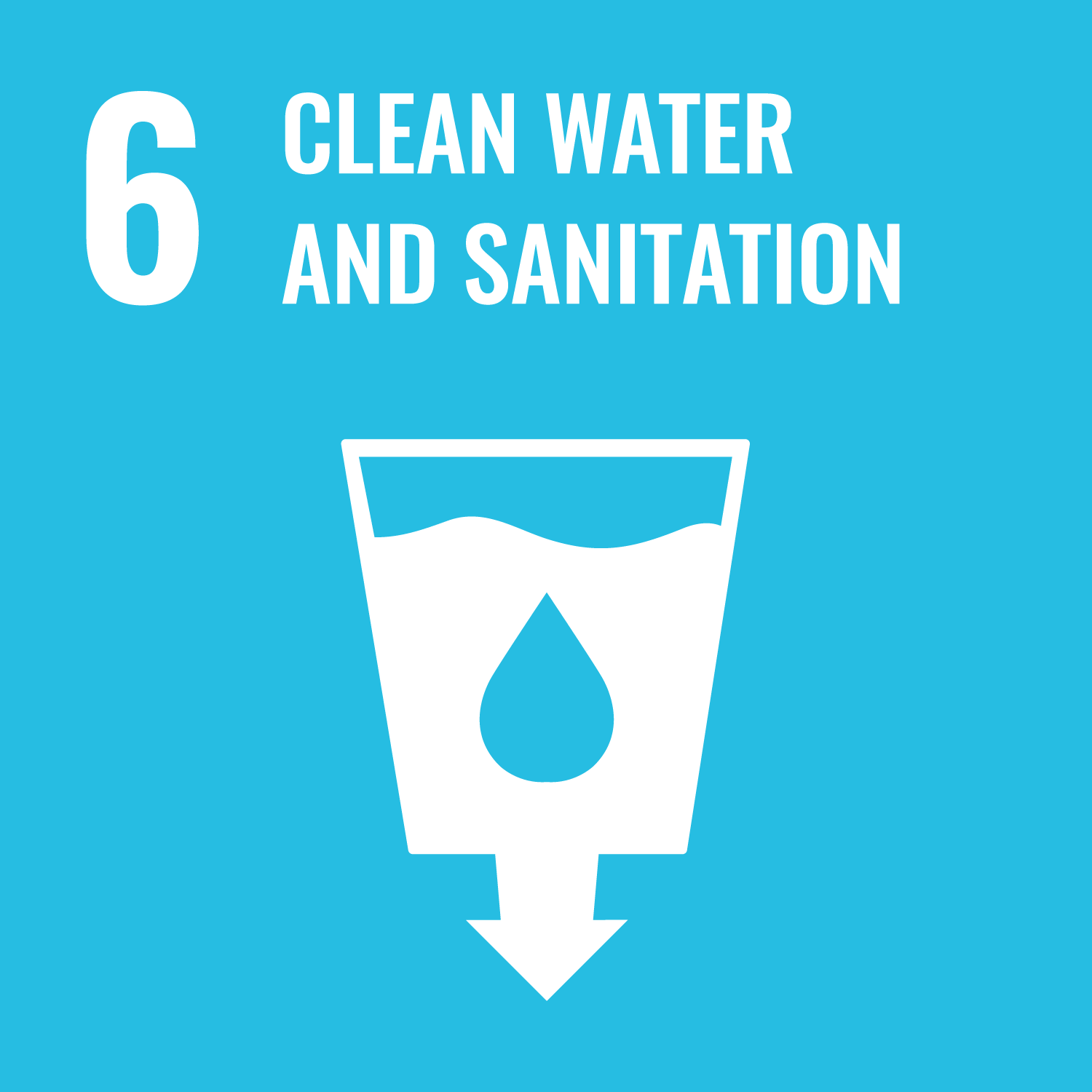Abstract
EU legislation, including the Water Framework Directive, has led to the application of increasingly stringent quality standards for a wide range of chemical contaminants in surface waters. This has raised the question of how to determine and to quantify the sources of such substances so that measures can be taken to address breaches of these quality standards using the polluter pays principle. Contaminants enter surface waters via a number of diffuse and point sources. Decision support tools are required to assess the relative magnitudes of these sources and to estimate the impacts of any programmes of measures. This work describes the development and testing of a modeling framework, the Source Apportionment Geographical Information System (SAGIS). The model uses readily available national data sets to estimate contributions of a number of nutrients (nitrogen and phosphorus), metals (copper, zinc, cadmium, lead, mercury, and nickel) and organic chemicals (a phthalate and a number of polynuclear aromatic hydrocarbons) from multiple sector sources. Such a tool has not previously been available on a national scale for such a wide range of chemicals. It is intended to provide a common platform to assist stakeholders in future catchment management.
DOI Link
Publication Date
2013-09-03
Publication Title
Environmental Science and Technology
Volume
47
Issue
17
ISSN
0013-936X
Keywords
England, Environment, Environmental Monitoring, Geographic Information Systems, Models, Theoretical, Rivers, Wales, Waste Disposal, Fluid, Water Pollutants, Chemical
First Page
9824
Last Page
9832
Recommended Citation
Comber, S., Smith, R., Daldorph, P., Gardner, M., Constantino, C., & Ellor, B. (2013) 'Development of a chemical source apportionment decision support framework for catchment management.', Environmental Science and Technology, 47(17), pp. 9824-9832. Available at: 10.1021/es401793e


